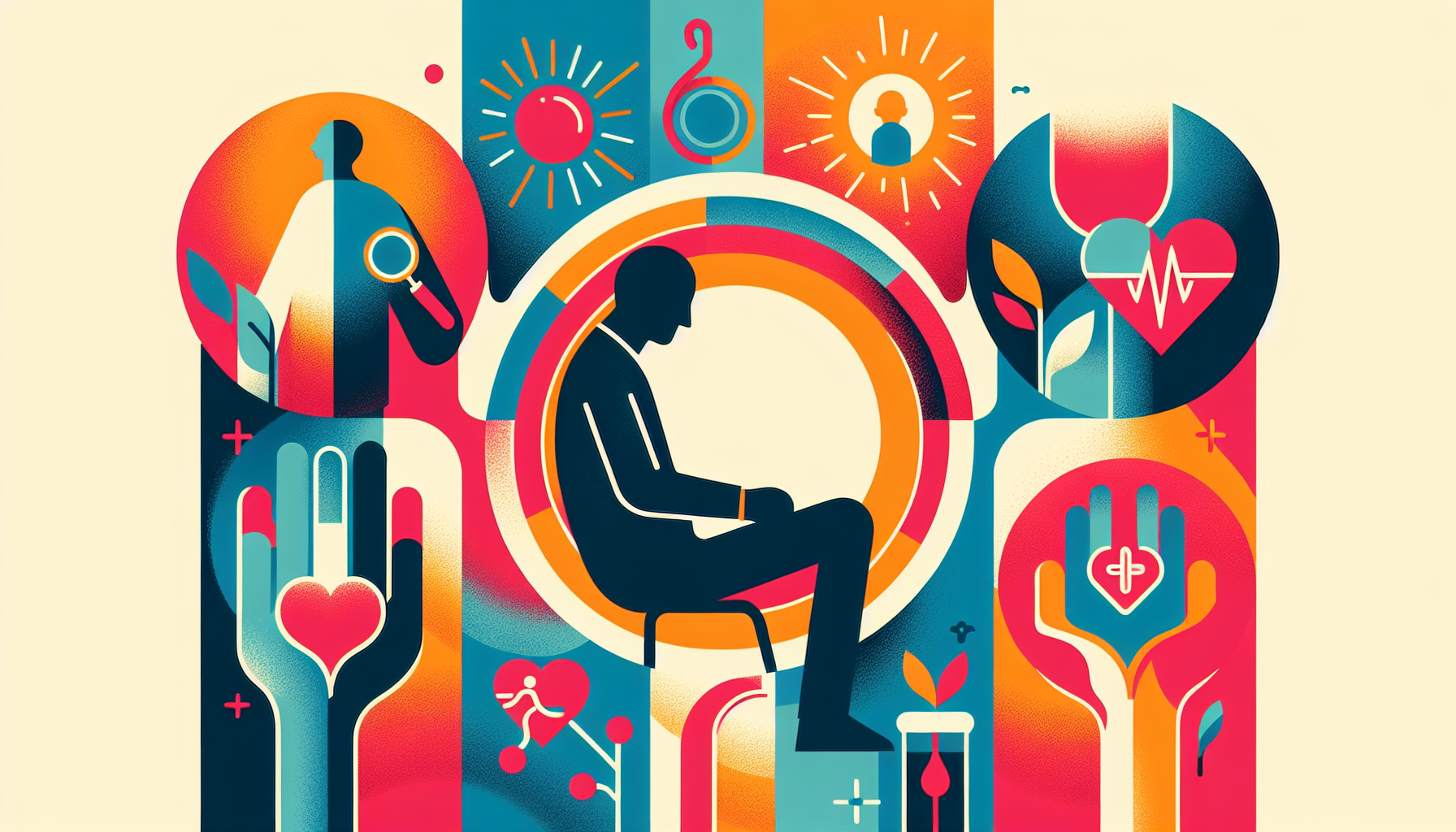Can I Take Zepbound a Day Early?
Key TakeawaysZepbound is a once-weekly injectable medication for weight management and obstructive sleep apnea (OSA) linked to obesity.Taking Zepbound a day early is [...]
Read More
Medically reviewed by Abhijit Bhattacharyya | MD, PhD, MBA, Tufts University School of Medicine - Miami, Florida on May 16th, 2023.
Duchenne muscular dystrophy (DMD) is a rare genetic disorder that primarily affects boys and causes progressive muscle weakness. It is the most common type of muscular dystrophy, a group of diseases that make muscles weaker and less flexible over time. DMD is caused by a defect in the gene responsible for producing dystrophin, a protein that helps keep muscles strong and healthy.
The signs and symptoms of DMD usually appear before the age of 6. Some of the most common symptoms include:
Delayed walking
Frequent falls
Difficulty climbing stairs or getting up from the floor
Waddling or walking on toes
Curved spine (scoliosis)
Shortened, tight muscles in the legs (contractures)
Breathing difficulties
Learning and memory problems
Although DMD can cause muscle cramps, it is generally not painful. The disorder does not affect bladder or bowel control, and intelligence is not impacted.
If you notice any of the above symptoms in your child, it is essential to consult a doctor. The diagnostic process may involve:
A thorough medical history and physical examination
Blood tests to check for elevated levels of creatine kinase (CK), an enzyme released by damaged muscles
Genetic tests to identify changes in the dystrophin gene
Muscle biopsy to examine the muscle tissue for low levels of dystrophin

While there is currently no cure for DMD, various treatments can help manage symptoms, protect muscles, and maintain heart and lung health. Some of the available treatment options include:
Corticosteroids (e.g., prednisone, deflazacort) to slow muscle damage and improve heart and lung function
Vamorolone (Agamree) - a newer anti-inflammatory medication with potentially fewer side effects than traditional steroids
Targeted therapies like eteplirsen (Exondys 51), golodirsen (Vyondys 53), and casimersen (Amondys 45) for specific gene mutations
Elevidys (delandistrogene moxeparvovec) - a gene therapy for patients with confirmed mutations amenable to exon 51 skipping
Duvyzat (givinostat) - an HDAC inhibitor that helps preserve muscle function
Physical therapy and exercise to maintain muscle flexibility and strength
Assistive devices such as braces, standing walkers, and wheelchairs to help with mobility
Surgery to correct shortened muscles, straighten the spine, or address heart and lung issues
In addition to medical treatments, a healthy diet and regular monitoring by a cardiologist are essential for managing DMD. Researchers are also continuously working on developing new therapies, including gene therapies, to improve the outlook for people with DMD.
Despite the challenges posed by DMD, children with the disorder can still lead active and fulfilling lives. Encouraging them to stand and walk as much as possible, eat a balanced diet, and stay active through safe exercises can help maintain their quality of life. Seeking support from local support groups or online communities can also provide valuable advice and understanding for families living with DMD.
As research advances, the outlook for people with DMD continues to improve. With proper care and management, many individuals with DMD can now live well into their 30s, 40s, and even 50s, pursuing higher education, careers, and starting families of their own. To learn more about DMD and find support resources, visit organizations like CureDuchenne, the Muscular Dystrophy Association, or the Parent Project Muscular Dystrophy.
Key TakeawaysZepbound is a once-weekly injectable medication for weight management and obstructive sleep apnea (OSA) linked to obesity.Taking Zepbound a day early is [...]
Read MoreKey TakeawaysZepbound is an FDA-approved medication for chronic weight management in adults with obesity or overweight, and for moderate to severe obstructive sleep apnea [...]
Read MoreKey TakeawaysZepbound is a once-weekly injectable medication that supports weight loss by activating hormone pathways regulating appetite and digestion.After the first dose, [...]
Read More